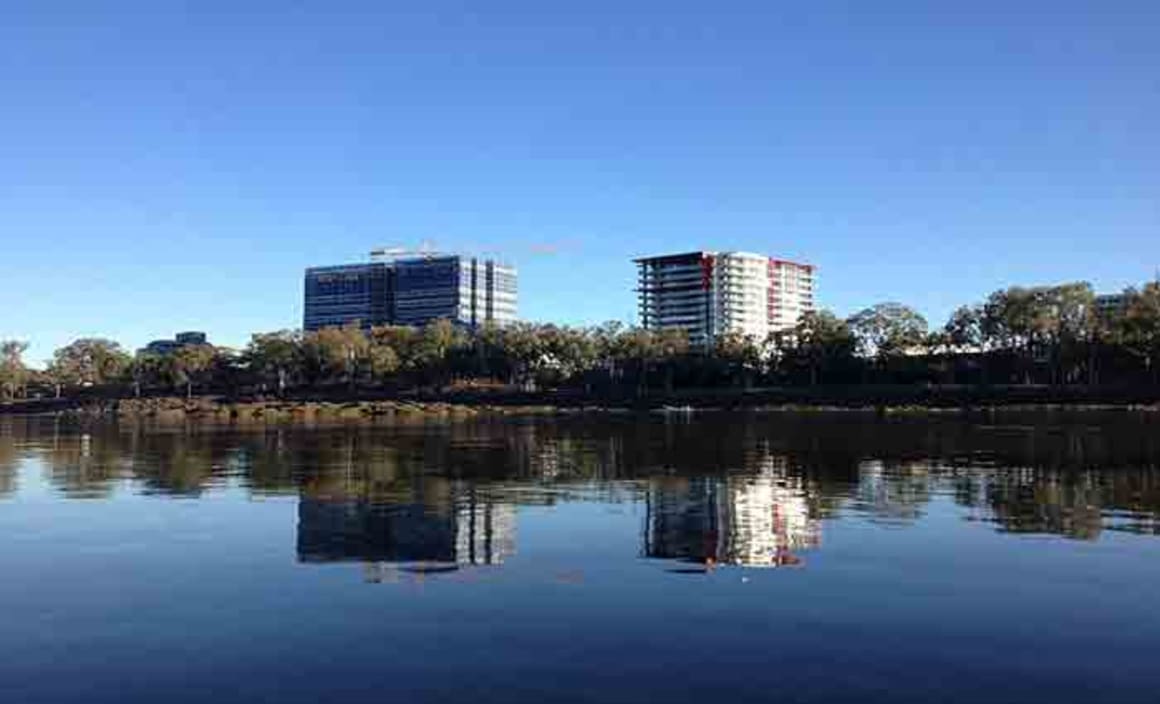Rocky year ahead for Rockhampton: HTW

Queensland's Rockhampton is approaching the bottom of market according to HTW's property clock for March, which also predicts that 2016 won't be an easy year for the city and surrounding residential markets.
The valuation firm also discusses the impact of gentrification on the city.
HTW's property clock is a simple broad brush means to suggest where property markets are and what direction prices are moving in.

After a tough 2015, confidence still appears to be down, with many resource and associated service industries still dealing with tumbling commodity prices and a declining workforce.
The lower end of the market (sub $300,000) has experienced some of the worst declines in value across the region with a significant number of mortgagee sales recording drops in value from 20 to 40% against their previous sale prices which can generally be any where from one to eight years prior. The worst affected areas include Gracemere, Zilzie and older established suburbs of Rockhampton such as Depot Hill, Berserker and Park Avenue.
This has largely been the result of a mass exit of investors leaving the market reliant upon first home owners and lower income buyers with substantial budget restraints. 2016 will be another tough year for the localities and as such they should be treated with caution however at the same time they may present opportunities should we reach the bottom of the property cycle, but as always this is something very dif cult to ag at the time.
Better quality localities and properties where owner- occupiers are active in the medium price range ($300,000 to $500,000) appear to be holding their values. Suburbs include large areas of the Capricorn Coast, Norman Gardens, Frenchville and Wandal. Despite these areas holding well, it is unlikely that they will experience any substantial gains in value throughout 2016.
Medium to high-end properties above $500,000 have been also holding relatively well and include suburbs such as Rockyview, parts of Norman Gardens, and The Range.
In terms of gentrification, Rockhampton has been going through it since late 2005 when the first high-rise unit complex in over 30 years was completed along the river bank.
Since then there have been an additional six high-rise unit complexes completed comprising a mix of permanent and short term accommodation and of late the addition of various restaurants and cafés in the Empire and Edge buildings which were both completed in the past five years. Victoria Parade and Quay Street have become the heart of the city and this is supported by Council’s recent announcements regarding the funding and approvals for the Rockhampton Revitalisation Concept Plan, which focuses on the Fitzroy River from Quay Street to William Street.
A set of new pathways, landscaping concepts, memorial and historical features are all incorporated into the project. Rockhampton has seen an increase in the number of small cafés and boutique shops with a noticeable increase in alfresco and street side dining areas.
Within Rockhampton city itself there is a slow but gradual phasing out of old timber and fibro dwellings and replacement with more modern charismatic small and compact unit developments, often available for under $300,000. Given that the current economic climate is considered to be somewhat weak, this process may take some time however the diversity of the local economy is sure to keep the gentrification process ticking over.
As an example of a sale, a three-bedroom apartment at 303/6 Victoria Parade Rockhampton City Qld 4700 went for $433,000.

In summary, 2016 sees many challenges facing the Rockhampton market and values will be dependent on a range of factors including the mining/resource industry outlook, state and local council initiatives and on a positive note the local agricultural industry, particularly beef is experiencing record cattle prices which are forecast to continue and will no doubt act as a positive indicator for the region.